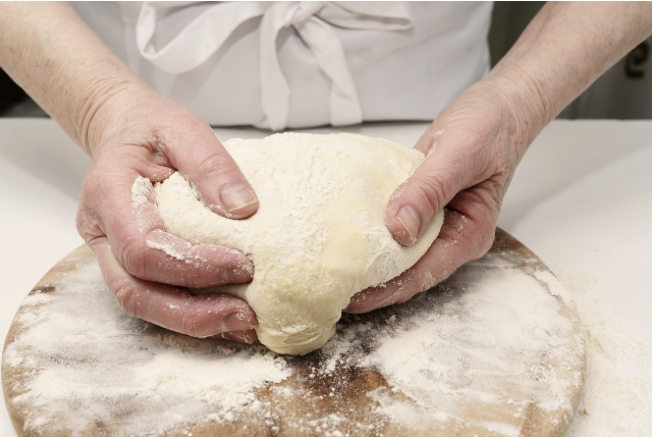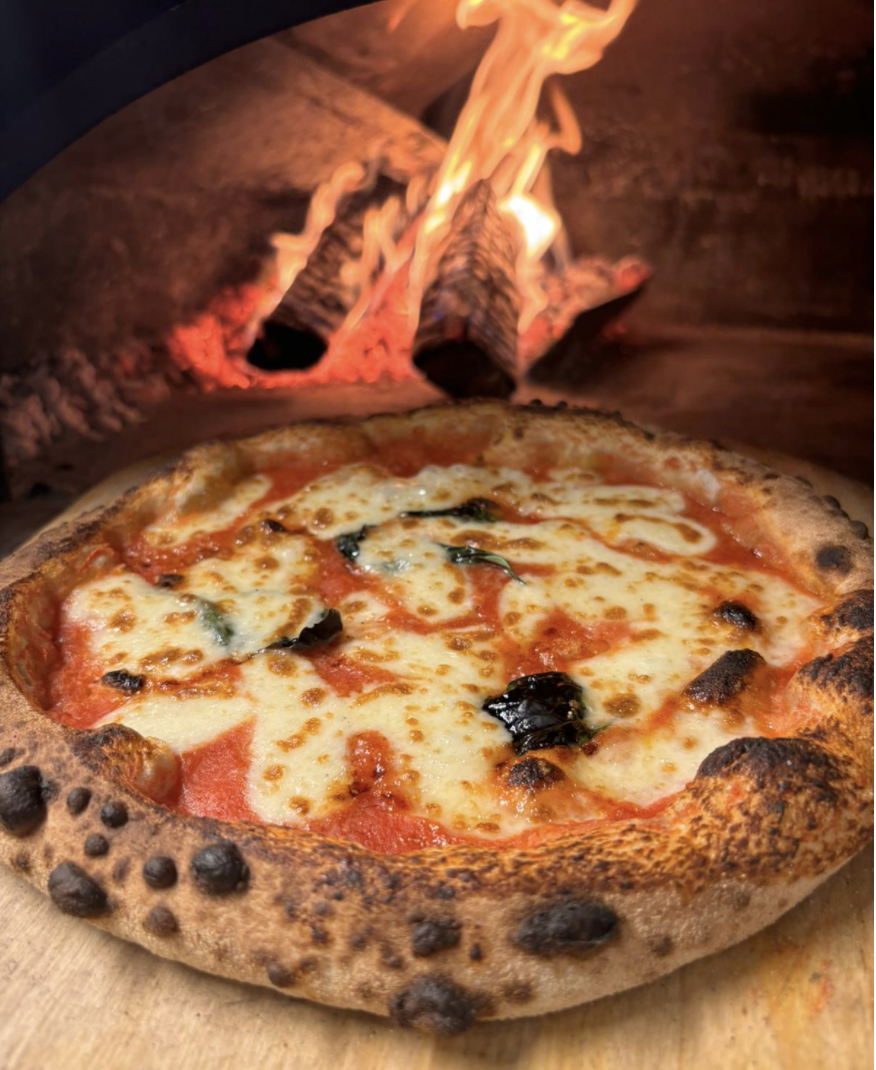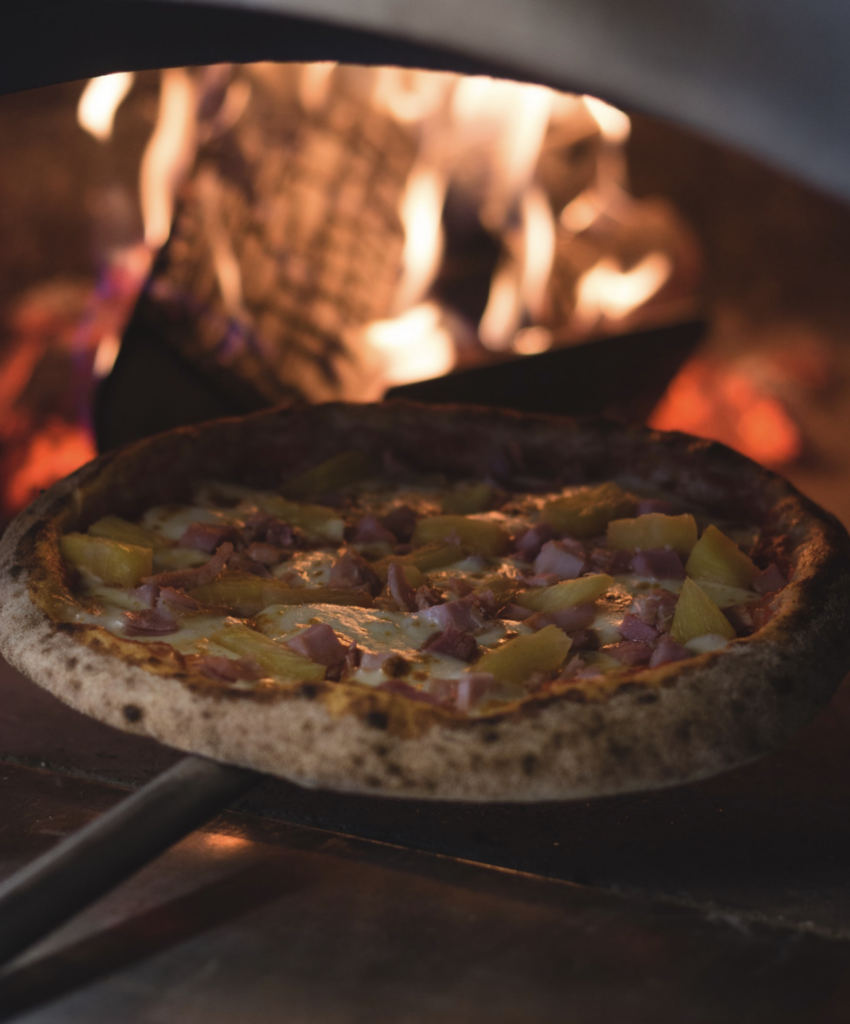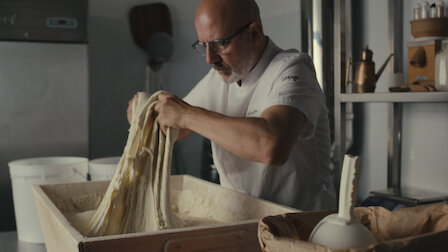Street food has always been about speed, flavor and connection: vendors serve up memorable dishes to busy customers in vibrant urban spaces. Today, that age-old formula is being augmented by artificial intelligence. From pop-up carts to full-fledged food trucks and market stalls, AI is helping vendors streamline operations, improve customer experience and make smarter decisions on the fly. This post explores practical ways AI is transforming the street food scene, the benefits and risks, and how small vendors can start experimenting without losing the human edge that makes street food special.
Where AI Is Making an Immediate Impact
AI applications that once belonged strictly to large restaurants or tech-savvy cloud kitchens are now accessible to street-level operators. Key areas of impact include:
- Contactless and voice ordering: QR-based menus, AI-driven voice assistants and chatbots let customers order quickly from a phone or kiosk—reducing queues and order errors.
- Smart POS and order management: AI-enabled point-of-sale systems predict peak times, suggest popular combos and automate receipts, freeing vendors to focus on preparation.
- Demand forecasting and inventory optimization: Lightweight forecasting tools use historical sales, weather and local events to recommend how much to prep—cutting waste and stockouts.
- Route optimization for food trucks: Machine learning models analyze foot-traffic patterns, event schedules and historical sales to suggest where and when to set up.
- Personalization and marketing automation: Simple AI tools segment customers and automate SMS or social-media promotions tailored to repeat buyers or special offers.
- Automated cooking and robotics: At some festivals and fixed stalls, robotic fryers, automated dispensers and smart grills maintain consistency and free staff from repetitive tasks.
Real-World Benefits for Street Food Vendors
Street food operators often work with thin margins and unpredictable demand. AI helps in several concrete ways:
- Lower waste: Better forecasting and inventory alerts reduce spoilage—especially critical for perishable ingredients.
- Faster service: Contactless ordering and streamlined kitchen workflows shorten wait times, increasing throughput during peak periods.
- Smarter location choices: Data-driven routing and site selection help food trucks and pop-ups find high-conversion spots instead of relying solely on intuition.
- Consistent quality: Automated equipment and recipe-check systems maintain flavor and portion control, building repeat customers.
- Improved margins: Dynamic pricing, combo suggestions and upsell prompts at the point of sale can lift average ticket values.
Challenges and Ethical Considerations
While promising, AI adoption brings trade-offs that vendors should consider:
- Cost and complexity: Upfront costs and the learning curve can be barriers for small-scale vendors. Choosing lightweight, subscription-based tools can lower this hurdle.
- Data privacy: Collecting customer data (phone numbers, preferences) carries responsibilities—vendors must be transparent and compliant with local laws.
- Loss of human touch: Over-automation risks eroding the personality of a stall. The best implementations use AI to augment staff, not replace the friendly human interaction that defines street food.
- Reliability: Cloud-based systems depend on connectivity—offline modes and paper backups remain essential for busy market days.
How Small Vendors Can Start — Practical Steps
You don’t need a lab or an army of developers to begin. Small, affordable moves can deliver outsized returns:
- Begin with QR menus and contactless payments: Low-cost, high-impact. They reduce queues and give you digital touchpoints for future marketing.
- Adopt an AI-aware POS: Look for systems that offer sales analytics and simple forecasting; many are cloud-based with monthly pricing.
- Use prediction tools for events: For festival runs, try short-term forecasting services to plan staffing and prep quantities.
- Leverage social media automation: Schedule posts and use basic segmentation (time of day, repeat customers) to promote daily specials.
- Partner locally: Join cloud-kitchen hubs or vendor collectives that share data, prep space and logistics to scale smarter.
The Future — A Smarter, But Still Human, Street Food Culture
AI will continue to lower barriers and bring sophisticated tools into the hands of street-level entrepreneurs. Expect better-managed food trucks, fewer wasted ingredients, faster service and more personalized customer experiences—while leaving room for the improvisational spirit that makes street food unforgettable. Success will go to those who leverage AI to amplify their authenticity: quicker service, consistent quality, and more time to engage customers and refine recipes.
If you run a food stall or truck, start small, prioritize customer privacy, and choose tools that enhance—not replace—your personality. The right blend of data and craft can turn a corner cart into a local legend.









